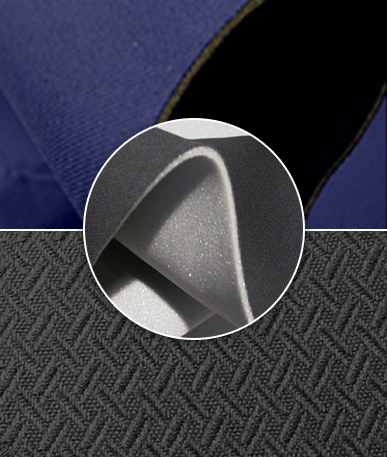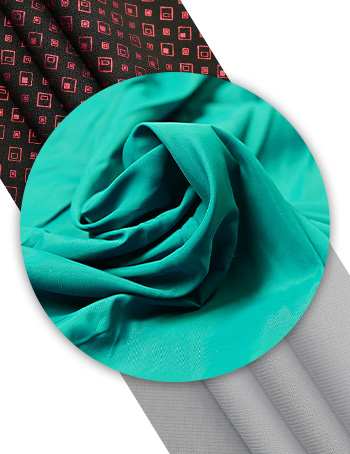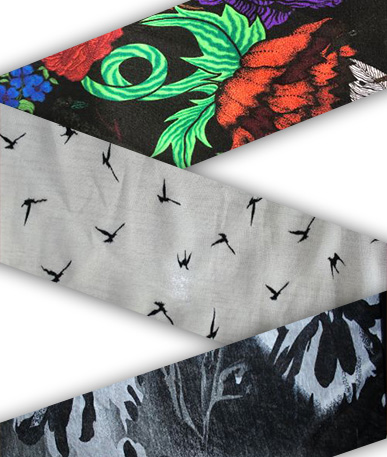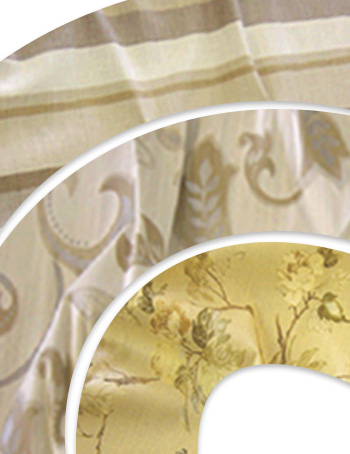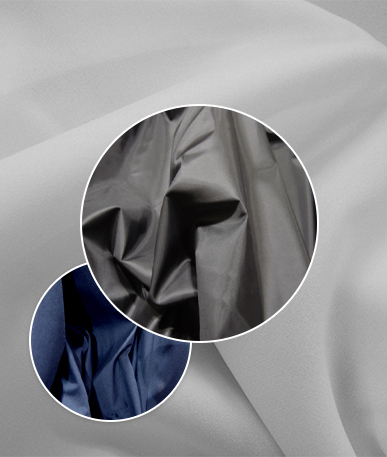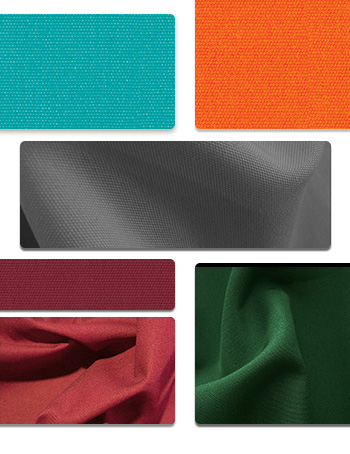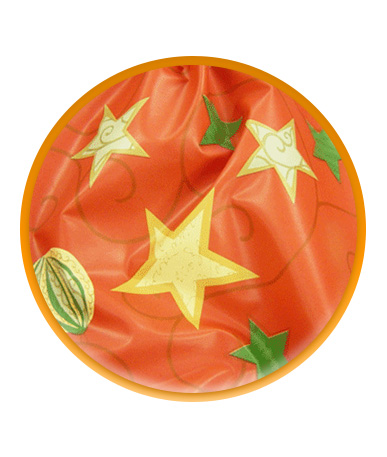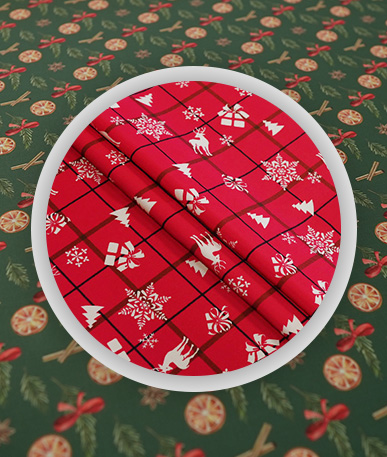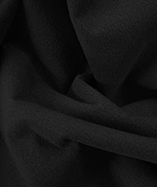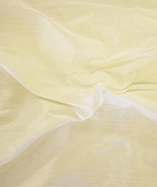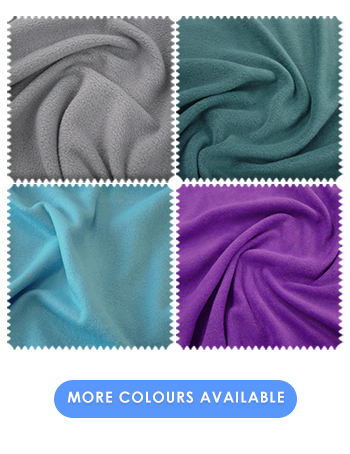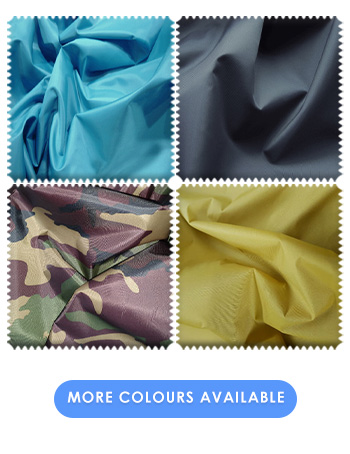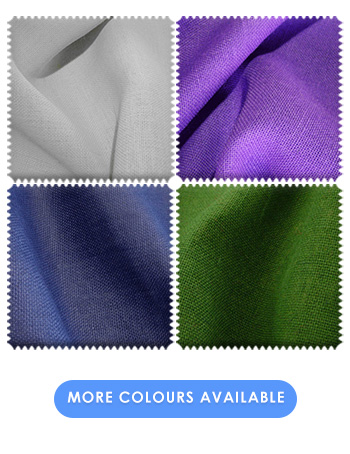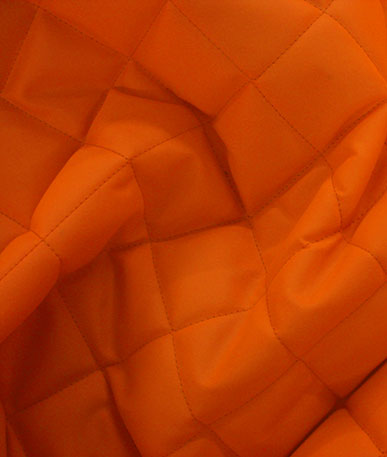| For Help & Orders call us on : 0121 359 2349 | Deliveries delays & Information read here |
What is a Blackout Material..?
Blackouts
Blackout fabrics have the powerful ability to block excess light and noise from entering a room. Created by a process that involves applying foam to the back of a fabric, blackouts come in two distinct varieties: two-passes and three-passes. The former are created by applying first a layer of black foam to the back of a fabric, and then a layer of light-colored foam. Because the black foam typically shows through to the front of the fabric, two-pass blackouts are not useable as curtains. Three-pass blackouts include an initial layer of light-colored foam in addition to the other two layers. The light layer does not alter the natural color of the top fabric, thus making it usable as drapery.
Blackouts for Blocking Light
Bedroom windows are among the most popular places to use blackout curtains because they block artificial and natural light from the outside. This is especially important to ensure sound sleep for young children (who may sleep during daylight hours, particularly in the summer), night-shift workers (who must sleep during daylight), and travelers attempting to adjust to a new time zone.
In addition to providing excellent light blockage for sleeping purposes, blackouts help prevent glare on computer and television screens, and so make an excellent addition to living rooms and offices.
Blackouts for Blocking Noise
Thanks to their thickness, blackout curtains tend to dampen outside noises as well as exterior lights. The foam coating absorbs more sound than curtains made of traditional fabric and as a result help to create a quieter indoor space. Naturally, this function can prove invaluable for those seeking sleep during daylight hours.
Blackouts for Insulation
Besides improving a family’s sleep environments, blackout fabrics boast powerful insulation properties that can help maintain a home’s temperature in both warm and cold weather. The thickness of blackout material absorbs excess heat and prevents it from either escaping or entering a room, depending on the season. For many people, investing in blackout curtains or blinds is a valuable part of an overall energy-reduction plan.
Other Uses for Blackouts
Blackouts are not only used in blinds and curtains, but projection screens can be made from the cloth as well. For home movie viewing, blackout screens are often much less expensive than store-bought tensioned screens and provide comparable results. In some cases, wallpaper includes blackout material.
As with curtains and blinds, the use of blackouts in wallpaper helps boost insulation and noise absorption. Finally, these fabrics are commonly used to help block external light from entering planetarium domes.


